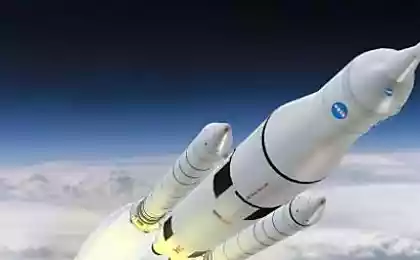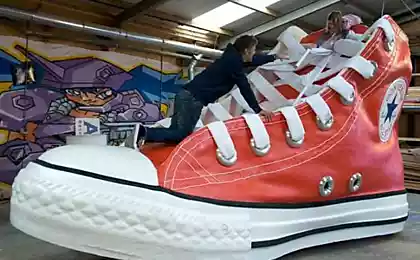857
It achieved a record speed of data transmission

26 terabits per second - so the amount of information learned how to send a single laser fiber over specialists Institute of Technology
Karlsruhe. Most interesting is that scientists predict the implementation of the same rate in the future production chips. According to an article in the journal Nature Photonics, Physics encode information in more than 300 colors of the laser beam.
To understand the hateful confusion, sent by one single channel, and, moreover, to reach record levels, the researchers used the optical scheme, which works on the basis of fast Fourier transform.
Note that engineers previously managed to transfer information, and at greater speed (about a hundred terabits per second). But for this to use several hundred lasers as transmitters (procedure orthogonal frequency division multiplexing). They each worked with a different color, and they are all mixed signals on a single fiber channel.
The rate in this scheme is determined by the number of lasers used, and can be increased. But there are problems: the resulting installation consumes an incredible amount of energy - the power of up to several kilowatts, in addition, the scheme is difficult to make miniature.
Professor Wolfgang Freude (Wolfgang Freude) and his colleagues from different countries have gone the other way. Speaking simply, scientists mixed light fluxes and created in one fiber 325 colors, each of which carried a piece of information.
Fast Fourier Transform allows you to isolate the color of the incoming beam at the time of arrival of individual components of the beam and the intensity of the pulse. Organize information processing was easier when it comes to a different time.
Initially, the engineers ran via pulses of light, regardless of the frequency of the radiation. The Germans and their colleagues condensed channel "hanging" signals at different wavelengths, as well as shortening the laser.
And engineers have done this by converting the optical scheme: mathematical methods to deal with incoming data would be impossible. A record speed was achieved by a large spread in the time delays.
Professor Freude believes that the increased demand for even faster data transfer commercial products in the form of silicon chips did not take long to wait.
"Lomonosov" supercomputer simulates the development of Russia in the next 50 years
Silly Putty - odor controller for your home
























